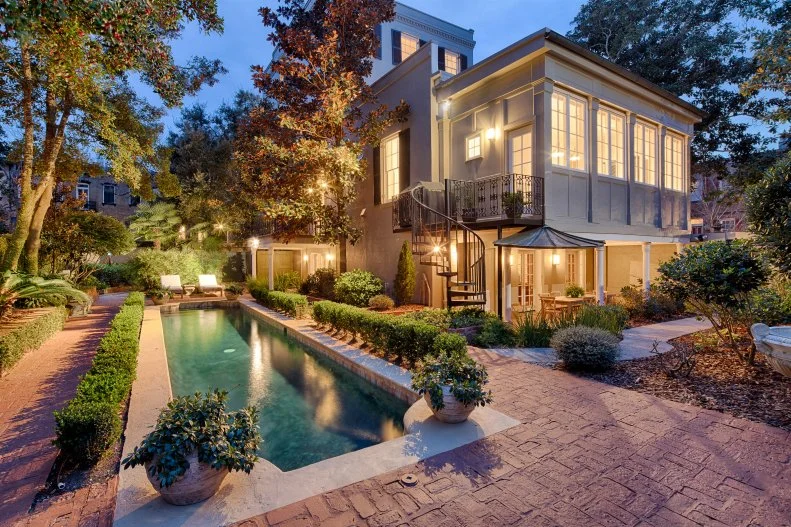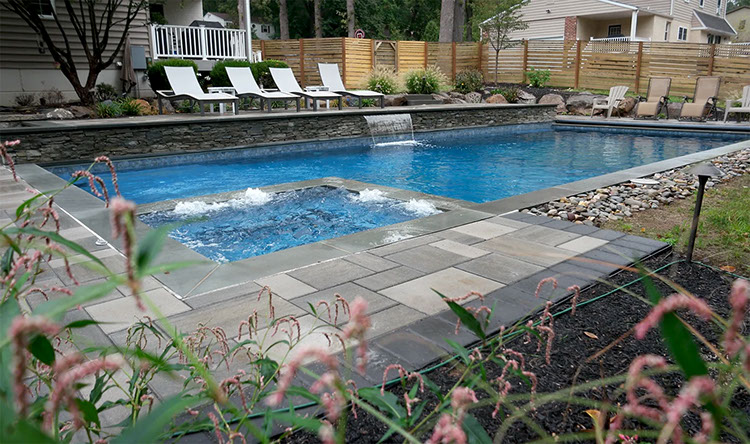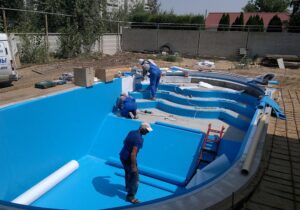Did you know the average American homeowner in Pennsylvania spends over 100 hours each summer dreaming about the perfect backyard oasis? If you’re one of them, you’re probably wondering how to turn that vision into reality—starting with selecting the right pool size. It’s not just about picking a number; it’s about finding a balance that fits your space, budget, and lifestyle. In this guide, you’ll discover everything you need to know to choose the perfect pool size for your backyard, tailored to your needs as a homeowner in Pennsylvania. From measuring your space to understanding local regulations, I’ve got you covered with practical tips and insider know-how.

Why Pool Size Matters More Than You Think
Selecting pool size isn’t a one-size-fits-all decision. Get it wrong, and you could end up with a cramped backyard or a pool that’s too big to maintain. Too small, and it might not serve your family’s needs. Too large, and you’re looking at higher costs for heating, cleaning, and upkeep. The right size enhances your outdoor living space, boosts property value, and keeps everyone happy—whether you’re hosting summer barbecues or just floating with a cold drink in hand.
At Poseidon’s Custom Pools, we’ve built countless pools across Pennsylvania, and one thing stands out: the best outcomes start with careful planning. You can learn more about us and see how we’ve helped homeowners just like you. Let’s dive into the key factors that’ll help you nail this choice.
Step 1: Measure Your Backyard Like a Pro
Before you even think about pool shapes or depths, grab a tape measure and head outside. You need to know exactly how much space you’re working with. A standard backyard in Pennsylvania might range from 500 to 2,000 square feet, but every property is unique. Here’s how to get started:
- Outline the usable area. Skip spots with steep slopes, large trees, or utility lines—those are no-go zones for pool installation.
- Account for setbacks. Local zoning laws often require pools to sit a certain distance from property lines or structures (typically 5–10 feet). Check with your township in Pennsylvania to confirm.
- Leave room for extras. Plan for decking, seating, or landscaping—add at least 6–10 feet around the pool’s perimeter.
For example, if your backyard is 40 feet by 50 feet, you’ve got 2,000 square feet total. After setbacks and a buffer for a patio, you might be left with 30 feet by 40 feet (1,200 square feet) for the pool itself. That’s a solid starting point. Curious about our installation process? It starts with a site visit to map this out for you.
Step 2: Match the Pool to Your Lifestyle
Now that you’ve got your measurements, think about how you’ll use the pool. Are you a lap swimmer dreaming of morning workouts? A parent wanting a safe spot for the kids? Or maybe you’re the neighborhood party host? Your lifestyle shapes the size you’ll need.
- For relaxation: A small pool (10×20 feet) works wonders for lounging or soaking. Think intimate, low-maintenance vibes.
- For exercise: Lap pools start at 10×30 feet but can stretch to 40 feet or more for serious swimmers.
- For families: A medium pool (15×30 feet) offers space for play without overwhelming your yard.
- For entertaining: Go bigger—18×36 feet or more—to fit guests, floats, and fun.
Here’s a quick table to break it down:
| Purpose | Suggested Size | Pros | Cons |
| Relaxation | 10×20 ft | Affordable, easy to heat | Limited swimming space |
| Exercise | 10×40 ft | Great for fitness | Narrow, less versatile |
| Family Fun | 15×30 ft | Kid-friendly, manageable | Higher upkeep costs |
| Entertaining | 18×36 ft | Spacious, party-ready | Bigger budget needed |
Check out our fiberglass pool options if you’re leaning toward something durable and low-maintenance..
Step 3: Consider Your Budget (and Hidden Costs)
Let’s talk money. Pool size directly affects your wallet—not just for installation but also long-term care. A smaller pool might cost $20,000–$30,000 to build, while a larger one could climb past $50,000, especially with custom features like waterfalls or lighting (something we specialize in at Poseidon’s Custom Pools). But don’t stop there—factor in these extras:
- Heating: Bigger pools need more energy. A 15×30-foot pool might add $50–$100 to your monthly bill in Pennsylvania’s cooler months. The energy-saving heating advice from the U.S. Department of Energy can help you cut costs here.
- Cleaning: More water means more chemicals and time. Larger pools can double your maintenance costs.
- Fencing: Pennsylvania law often requires pool fencing for safety. The bigger the pool, the more fencing you’ll need.
A smart move? Talk to a local expert (like us!) to get a quote that fits your size and vision. That way, you’re not blindsided later. Browse our pool maintenance tips for ways to keep costs in check.
Step 4: Navigate Pennsylvania Regulations
You can’t just dig a hole and fill it with water—local rules apply. In Pennsylvania, selecting pool size means knowing what’s allowed. Most townships have guidelines on:
- Maximum coverage: Some limit pools to 25–50% of your backyard space.
- Depth restrictions: Deeper pools might need extra permits or safety features.
- Drainage: Your pool can’t flood your neighbor’s yard—proper runoff planning is a must.
Call your local municipality or check online. For instance, in Lancaster County, pools over 24 inches deep require a building permit. It’s a small step that saves big headaches. The CDC’s pool safety guidelines offer more insight into keeping your pool compliant and safe.
Step 5: Think Long-Term—Will It Grow With You?
Your pool isn’t just for today—it’s an investment. A young family in Pennsylvania might love a shallow 15×30-foot pool now, but will it still work when the kids are teens begging for a diving board? Or maybe you’re empty-esters now, but grandkids could change the game later. Ask yourself:
- Will this size suit me in 5 or 10 years?
- Could I add features (like a spa or slide) down the road?
- Does it boost my home’s resale value?
A versatile size like 16×32 feet strikes a sweet spot—roomy enough for fun, manageable for upkeep, and appealing to future buyers. Want inspiration? Take a peek at our custom pool designs to see what’s possible.
Common Questions About Selecting Pool Size
You’ve got questions—I’ve got answers. Here are some FAQs we hear at Poseidon’s Custom Pools:
- What’s the most popular pool size in Pennsylvania? Around 16×32 feet—it’s a crowd-pleaser for space and cost.
- Can I fit a pool in a small backyard? Absolutely! Even a 10×20-foot plunge pool can transform a tight space.
- How do I know if my yard is pool-ready? Soil type, slope, and utilities matter. A pro site assessment (we offer them!) clears up doubts.
For more on what’s standard in the industry, the Pool & Hot Tub Alliance has great resources worth checking out.

Bringing It All Together
Selecting the perfect pool size for your backyard boils down to a few key moves: measure your space, match it to your lifestyle, mind your budget, check local rules, and plan for the future. Whether you’re after a cozy retreat or a splash zone for the whole crew, there’s a size that’s just right. At Poseidon’s Custom Pools, we’ve seen it all—and we’re here to help Pennsylvania homeowners like you make it happen.
Ready to take the plunge? Share your thoughts in the comments—what’s your dream pool size? Or better yet, reach out to us for a custom design that fits your backyard like a glove. Let’s make this summer the best one yet!






